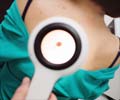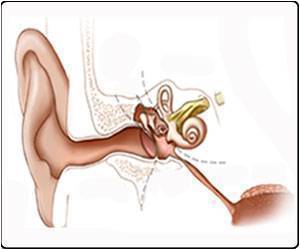Nanoparticle screening demonstrates titanium dioxide, a chemical found in most sunscreens, not only is nontoxic but also offers protection against ultraviolet damage to skin cells, reports a new study.

‘Nanoparticle screening demonstrates that titanium dioxide, a chemical found in most sunscreens, not only is nontoxic but also offers protection against ultraviolet damage to skin cells, reports a new study.
’





Author Craig Priest said a nanomaterial included in a personal care product might remain on the body for many hours and be exposed to air, moisture, light, and heat along with sweat, oils and wax from the skin. This could either enhance or diminish toxicity. The authors chose to investigate UV radiation for its simplicity and for its potential for inclusion in a multiparameter study between nanoparticles and external stressors, such as sunlight.
Previous nanotoxicity screening methods were laborious and time-consuming. Microfluidic devices present an optimistic future for nanoparticle analysis, offering reduced cost, small sample volumes, controllability and reproducibility.
"Nanoparticles are found in many products and vary greatly. The exact size, shape, material and surface properties determine whether a particle is safe or harmful, but the vast number of property combinations means that screening is extremely difficult," Priest said.
The scientists built upon previous research, which tested microfluidic screening processes for chemicals, such as potassium cyanide, cycloheximide, and chemotherapy drugs. A major advantage of using microfluidic devices is their ability to carry out multiple tests using small sample volumes in a compact microchip format.
Advertisement
This research is expected to expedite toxicity testing of consumer personal products, as well as enhance safety and regulation on nanoparticles.
Advertisement










